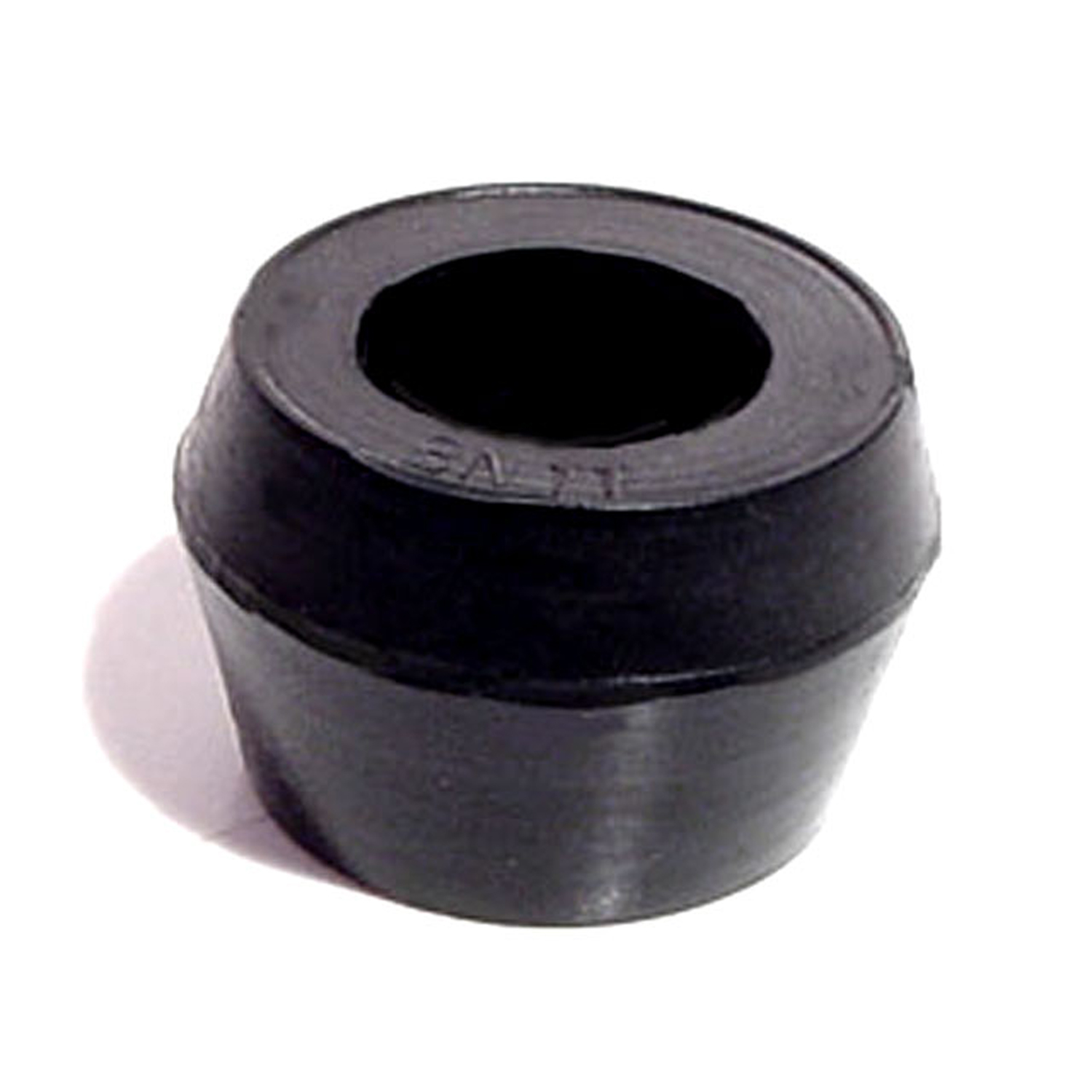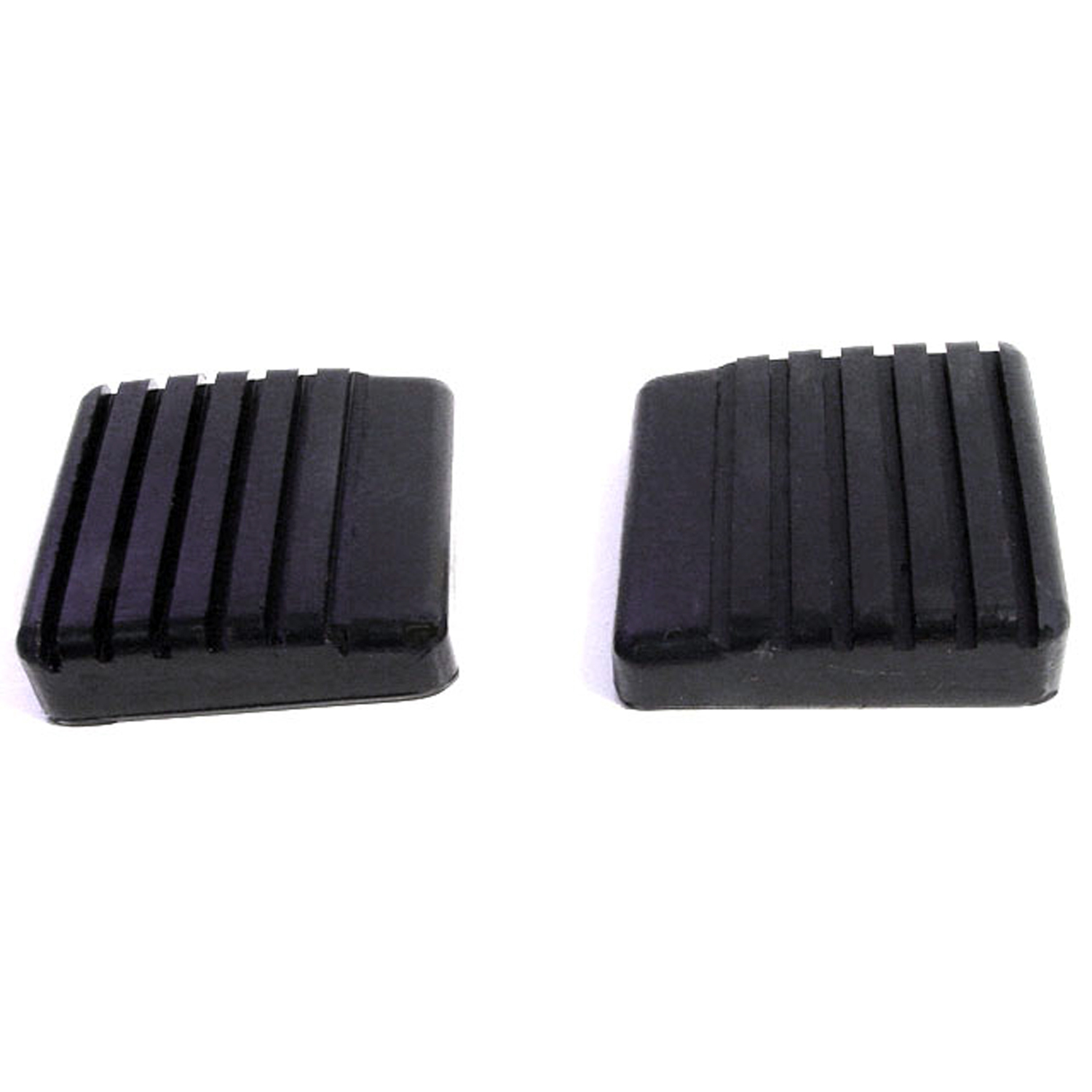Image of 1963 Jeep J-100, Note: These illustrations use artistic license and may differ from actual historical models.
Performance Metrics
Fundamental Metrics
Emotional Appeal
MMP Rating
| Engine Specifications | |
|---|---|
| Engine: | Tornado 230 I6 |
| Displacement: | 230 cubic inches (3.8 liters) |
| Horsepower: | 140 hp |
| Torque: | 210 lb-ft |
| Compression Ratio: | 8.5:1 |
| Ignition System: | Conventional, distributor |
| Cooling System: | Liquid-cooled |
| Performance Specifications | |
| 0-60 Time: | Estimated 20 seconds |
| 1/4 Mile Time: | Not available |
| Top Speed: | 75 mph |
| Transmission and Drive | |
| Drive Type: | 4WD |
| Transmission Type: | 3-speed manual |
| Fuel and Efficiency | |
| Fuel System Type: | Carburetor |
| MPG: | Estimated 10-15 mpg |
| Dimensions and Brakes | |
| Brakes: | Drum brakes |
| Wheelbase: | 110 inches |
| Weight: | 3,500 lbs |
Note: Specifications for classic cars are given to the best of our ability, considering the limited and variant data available.
Unearthing the Rugged Charm of the 1963 Jeep J-100
The 1963 Jeep J-100 doesn't just tell a story; it is a testament to a legacy of durability and American engineering. Born from the Willys-Overland company, which later became Kaiser Jeep, this vehicle emerged as a pioneer in the world of four-wheel drives. During a time when utility was as important as aesthetics, the J-100 stood out for its robustness and versatility. A unique fact that car enthusiasts might find fascinating is that the J-100 was part of the Wagoneer line, which is often credited with being one of the first luxury 4x4 SUVs, setting the stage for a whole new vehicle genre.
Design and Innovation
The exterior of the 1963 Jeep J-100 boasted a blend of classic Jeep styling with a hint of modernity for its time. Its squared-off body lines and utilitarian design were complemented by a seven-slot grille that became an iconic Jeep trademark. Inside, the J-100 was surprisingly comfortable, with a focus on practicality. Materials were durable and designed to withstand the rigors of both urban and off-road use. Technologically, it featured advanced four-wheel-drive systems that were ahead of their time, offering drivers confidence in all terrains. Color options ranged from the earthy tones that blended with natural landscapes to more vibrant hues that stood out in an urban setting. The most iconic body style was undoubtedly the four-door station wagon, which offered both space and functionality.
Historical Significance
The J-100's impact on automotive design cannot be overstated. It bridged the gap between a work vehicle and a family car, influencing the design of future SUVs. Its blend of comfort, style, and ruggedness set it apart from other vehicles of the era and cemented its place in automotive history as a forerunner in the SUV category.
Performance and Handling
Performance-wise, the 1963 Jeep J-100 was not built to break speed records but to conquer challenging terrains. Its top speed was modest by today's standards, yet it possessed commendable torque and power for its time. The vehicle's handling was tailored to master uneven landscapes, absorbing bumps with ease while providing a sense of security during windy conditions. Drivers could expect a visceral driving experience, with the engine's rumble as a constant companion and a ride that connected them directly to the road—or lack thereof.
Ownership Experience
The J-100 served many roles—from a dependable daily driver to an off-road adventurer. Its maintenance was straightforward, endearing it to owners who valued reliability over frills. While not immune to wear and tear, its parts were generally accessible for repairs, making it a practical choice for those with mechanical knowledge.
Fun Facts
A lesser-known trivia about the J-100 is that it occasionally graced the silver screen, appearing in background shots of films set in rugged locales. While not known for breaking speed records, it held its own in endurance and reliability tests. Criticisms often revolved around its fuel economy, which by modern standards would be considered inefficient.
Collector's Information
Today, the 1963 Jeep J-100 holds a special place in the hearts of collectors. While production numbers were not astronomical, finding one in pristine condition can be a challenge. The value range for collectors can vary widely, with well-maintained models fetching higher prices. As with many classic vehicles, the J-100 has seen an appreciation in value over time, especially as interest in vintage SUVs continues to grow.
Conclusion
The 1963 Jeep J-100 is more than just a vehicle; it's a piece of American history that paved the way for future generations of SUVs. Its blend of simplicity, capability, and rugged charm continues to captivate enthusiasts around the world. Whether you're an avid collector or simply someone who appreciates classic automotive design, the J-100 stands as a monument to innovation and resilience.
1963 Jeep J-100 Catalog of Parts
 1963 Jeep J-100 Shock Absorber Grommet. 1" bottom O.D-BN 11Shock Absorber Grommet. 1" bottom O.D., 3/4" high, with 5/8" I.D. Each
1963 Jeep J-100 Shock Absorber Grommet. 1" bottom O.D-BN 11Shock Absorber Grommet. 1" bottom O.D., 3/4" high, with 5/8" I.D. Each 1963 Jeep J-100 Clutch and Brake Pedal Pads. Pair-CB 61-BClutch and Brake Pedal Pads. Pair
1963 Jeep J-100 Clutch and Brake Pedal Pads. Pair-CB 61-BClutch and Brake Pedal Pads. PairWhy Choose Metro?
For over 100 years, Metro Moulded Parts has been the pinnacle of quality in classic car restoration parts. Our commitment to precision and authenticity in every component ensures a perfect fit and an OEM-level appearance.
- Expert Craftsmanship & Quality: Each part is a testament to our dedication to reliability and perfection, crafted from original designs and thoroughly tested.
- Advanced Technology: We use cutting-edge techniques to create flawless, long-lasting parts that surpass others in performance.
- SuperSoft Sponge – The Ultimate Door Seal: Not only are our door seals 30% softer than competitors', but they're also guaranteed to never leak. They effectively reduce wind and road noise, enhancing your classic car's comfort and driving experience.
- Proudly American: Our parts are a product of American craftsmanship, made in the USA with a spirit of excellence and heritage.
- Unrivaled Warranty: We back our products with a 30-year industry-leading warranty, a testament to our confidence in their quality.
Join us in preserving the legacy of classic cars with parts that are crafted for perfection, not just made.

